Recently, Nihaojewelry posted some actual questions in the FB group, where most users had heated discussions about how to identify the material of stainless steel jewelry as 201, 304, 316L, and so on.
On this occasion, this guide will clarify the main differences between these materials to help you identify stainless steel jewelry.
- What is stainless steel jewelry?
- Product Types of Stainless Steel Jewelry
- The Difference of 201, 304 vs 316L Stainless Steel Jewelry
- Stainless Steel Jewelry from Nihaojewelry
- In conclusion
What is stainless steel jewelry?
Stainless steel is one of the most environmentally friendly materials available today and is an alloy of chromium, steel, carbon, and nickel. The different content of these elements determines the different grades of stainless steel jewelry: 201, 304, 316L, etc.
Stainless steel jewelry will not be like silver jewelry will turn black, will not be like copper and other jewelry easy to allergy, and will not be like alloy jewelry because of lead and toxic.
Stainless steel jewelry is a popular choice because of its fashionable style, affordable price, and durability.
Product Types of Stainless Steel Jewelry
Here are four common types of stainless steel jewelry:
- Hydraulic Stainless Steel Jewelry: it is to open the stereoscopic steel mold out, use the steel plate to press out the molding directly, and come out to polish and plating directly. To browse Nihaojewelry’s stainless steel jewelry with lathe parts, please click here.
2. Cutting Stainless Steel Jewelry: Draw an exterior shape out, usually flat, and etch it, and come out polished and shipped. To browse Nihaojewelry’s lathe pieces of stainless steel jewelry click here.
3. Lathe Stainless Steel Jewelry: Determine what size you want first, use the steel tube to turn out directly, then polish, to corrode and then corrode, send plating, packaging, and shipment. To browse Nihaojewelry’s lathe parts stainless steel jewelry, please click here.
4. Casting Stainless Steel Jewelry: First, draw 3D drawings out, and then repair the plate, mold, wax, paste, and burner, cut down the soaking acid cleaning, and then grind the mouth, electrolysis, mold, polishing, electroplating, stone, to pack and ship.
Casting is the strongest sense of three-dimensional casting cost is the highest, made out of the product is very beautiful, and the material is mostly 316L stainless steel. To browse Nihaojewelry’s casting stainless steel jewelry, please click here.
The Difference of 201, 304 vs 316L Stainless Steel Jewelry
Stainless steels are a family of alloys consisting primarily of iron, chromium, and varying amounts of nickel and other elements. These elements determine the specific characteristics and ideal use of each material.
Below are the specific differences between them as demonstrated from different aspects:
Price: 201<304<316L
There is a direct relationship between material and price.
201 is mostly used in some cheap jewelry, cheaper than 304 or 316L.
Molybdenum (Mo) is a rare metal that is only added to 316L jewelry, so that’s why 316L stainless steel jewelry is a bit more expensive.
Corrosion resistance: 201<304<316L
Stainless steel can resist corrosion because it contains nickel.
Compared with 304 contains 9% nickel, 201 stainless steel will have less nickel, and 304 stainless steel corrosion resistance will be higher than 201.
However, 316 stainless steel not only has 12% nickel but will add molybdenum, corrosion, and rust resistance to better performance.
Gloss: 201<304<316L
Compared to 304 and 316L, 201 stainless steel has a lower chromium content and is therefore more prone to rusting and loss of luster.
Because of its high manganese content, 201 stainless steel has a duller surface, and even when polished, it will look black and shiny.
The surface of 304 stainless steel usually has a polished finish, which can present a certain degree of luster.
316L stainless steel has a finish that can give it a very high gloss and is usually shinier than 304 stainless steel.
Color retention: 201<304<316L
201 Stainless Steel: Due to its low nickel content, it tends to lose luster and discoloration over time.
304 and 316L Stainless Steel: Resistant to discoloration and maintains luster and surface finish over time, especially 316L Stainless Steel. In addition, with the addition of vacuum plating in the furnace, color retention can be up to 1-2 years.
Strength and Durability: 201<304<316L
Stainless steel jewelry is popular for its durability – it doesn’t bend or warp easily.
Both 201 and 304 stainless steel are strong, durable materials that can withstand high levels of stress. However, 304 stainless steel is generally considered stronger and more durable than 201 stainless steel.
The tensile strength of 304 stainless steel is higher than that of 201 stainless steel, which means it resists deformation under pressure better than 201 stainless steel.
Additionally, 304 stainless steel has a higher yield strength than 201 stainless steel, which means it can withstand higher levels of stress without permanent deformation, making it more durable.
The higher nickel content in 316L stainless steel makes it stronger than 304, making it more resilient and allowing it to maintain its shape and appearance even with regular use.
Hardness: 201<304<316L
201 stainless steel contains a higher percentage of manganese, making it easier to bend and shape during processing, and is usually softer and less hard.
304 stainless steel is a common stainless steel material that is slightly harder and less prone to wear than 201 stainless steel.
316L stainless steel is usually slightly harder than 304 stainless steel.
If you scratch the surface of 201 stainless steel with a hard knife there will be visible scratches on the surface, but 304 and 316L scratches will not be particularly noticeable.
Water resistance: 201<304<316L
Because 201 stainless steel contains manganese, it will rust if exposed to humid, salt-laden environments for long periods.
Molybdenum is added to 316L stainless steel, making it ideal for environments with high levels of chlorides (such as salt water) or harsh chemicals. 316L is often referred to as “marine-grade” stainless steel and is the perfect choice for those who wear their jewelry in the water regularly.
But whether it’s 201, 304, or 316L stainless steel, it’s best not to wear it for long periods in the water, in the shower, or while exercising, and to try to keep it away from chemical elements so that your stainless steel jewelry lasts longer.
Allergenicity: 201<304<316L
Stainless steel jewelry is hypoallergenic. In general, jewelry that contains less than 10% reactive metals such as nickel and copper is considered hypoallergenic.
201 stainless steel contains a small amount of nickel. 304 contains 9% nickel and 316L contains 12%.
Theoretically, 304 and 316L stainless steel are unlikely to cause allergic reactions in people with sensitive skin. However, this also depends on the individual constitution, which varies from person to person.
Antioxidant: 201<304<316L
201 contains higher manganese and is easy to rust.
304 stainless steel is a common stainless steel material with good oxidation resistance. Therefore it will not turn your skin green or any other color.
316L stainless steel contains 16-18% chromium, 12% nickel, and 2-3% molybdenum, which makes it excellent in oxidation resistance.
Imprints or marked
304 and 316L Stainless Steel: High-quality jewelry made from 304 or 316 L stainless steel may be imprinted or marked with its respective grade.
201 Stainless Steel: Low-cost jewelry may not have any markings or may lack the clarity of its grade.
Elemental content safety
We perform a nickel release before manufacturing the product to comply with local standards.
Stainless steel jewelry is not completely lead-free, however, countries have different regulations regarding the amount of chemical elements contained in stainless steel jewelry:
The U.S. New York State Leaded Jewelry Act states that the lead content is less than 100 ppm, California requires less than 500 ppm for both plated and non-plated metals, and some states require that it cannot be higher than 90 ppm.
The European Union stipulates that the maximum content of lead and its compounds in jewelry should not exceed 500 ppm.
You can learn more about the jewelry laws in your area.
In addition, like this fine chain material is 304 stainless steel, like the right side of the very thick chain, we have to suspect that there may be 201 and other than 304 low-quality material production. Because of the thick chain with more material, the different material cost difference is very big.
| Stainless Steel Category | Advantages | Disadvantages |
| 201 Stainless Steel Jewelry | ● Less expensive than 304 and 316L stainless steel ● Lower hardness, easier to bend and shape during processing | ● Prone to rust ● Loses luster and discoloration easily ● Contains more manganese, which makes the surface duller |
| 304 Stainless Steel Jewelry | ● Containing 9% nickel element, strong corrosion resistance ● Polished, can show a certain degree of luster ● Vacuum plating in the furnace, color retention up to 1-2 years ● Not easy to bend or deform, more durable ● High hardness, no visible scratches ● Hypoallergenic ● Good oxidation resistance, not easy to rust | ● Increased sensitivity to corrosion in chloride or salt environments (e.g., seawater) |
| 316L Stainless Steel Jewelry | ● 12% nickel elements, will add molybdenum elements, corrosion, and rust resistance performance is better ● Higher gloss ● Vacuum plating in the furnace, color retention of up to 1-2 years ● Not easy to bend or deform, more durable ● High hardness, no visible scratches ● “Marine grade” stainless steel, which can be worn in environments with high chloride content (e.g. salt water) or harsh chemicals ● Hypoallergenic ● High resistance to oxidation, not easy to rust | ● More expensive than both 201 and 304 ● Contains more chemical elements |
201 Stainless Steel: the cheapest option. For occasional wear, 201 can be an affordable option.
304 Stainless Steel: A good balance between affordability and durability. More resistant to rust and corrosion, this grade is most commonly used for jewelry and is great for everyday wear.
316L Stainless Steel: A premium option. 316L stainless steel jewelry is slightly more expensive but is suitable for people who frequently wear their jewelry in water or have very sensitive skin.
Stainless steel jewelry from Nihaojewelry
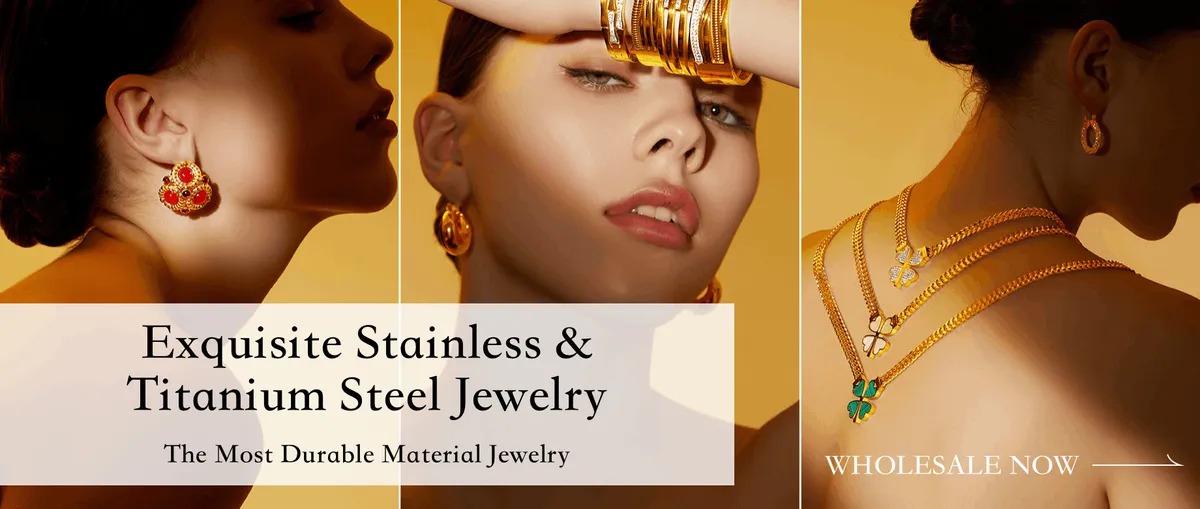
Most of Nihaojewelry‘s stainless steel jewelry is 304 stainless steel, which is the perfect choice for users who are looking for the best deals on high-quality jewelry.
Although all the products we just do sample testing, there are test reports and certificates, you can buy with confidence.
Customers do not have a certain volume we can not produce according to customer’s requirements. If customers want cheap jewelry made of 201 material need MOQ1000 to start, if customers want higher-end 316L need 600 to start.
In conclusion
Understanding the differences between each grade of stainless steel 201, 304, and 316L is essential to creating an informed jewelry choice.
Whether you are a jewelry enthusiast or a wholesaler, referring to the guidance provided in this guide, by considering different factors, you can choose high-quality stainless steel jewelry that best suits or meets your customers’ expectations.
If you want to know more about stainless steel jewelry, please leave a comment in the comment section below!
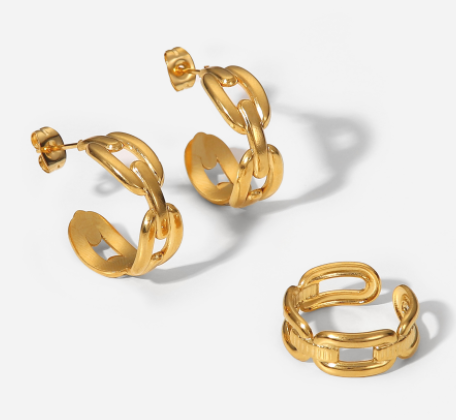
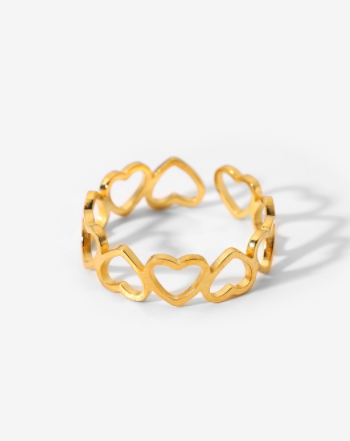




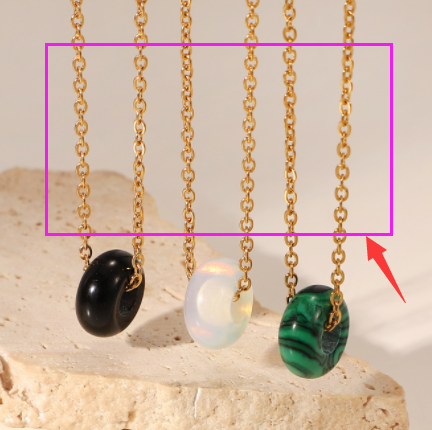


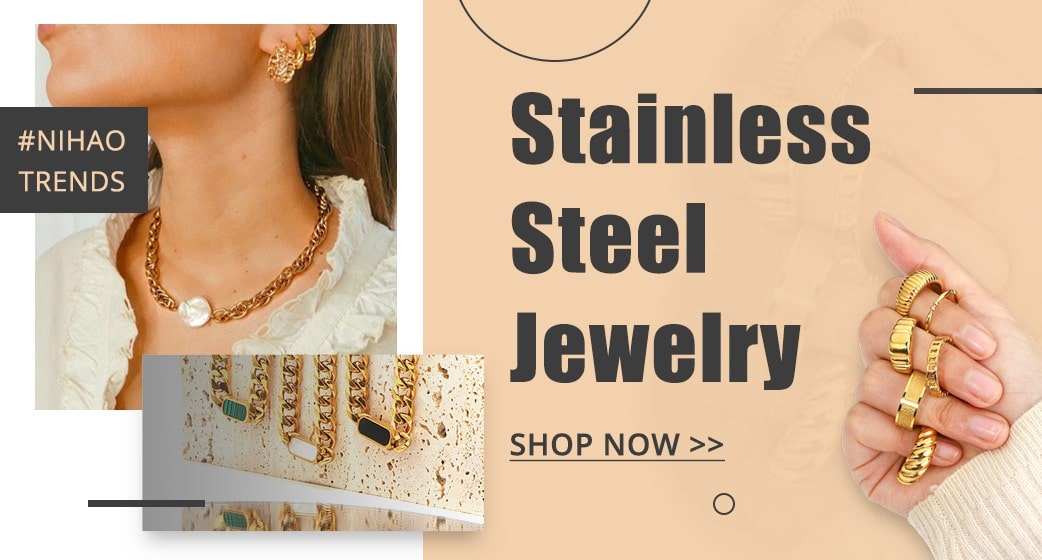
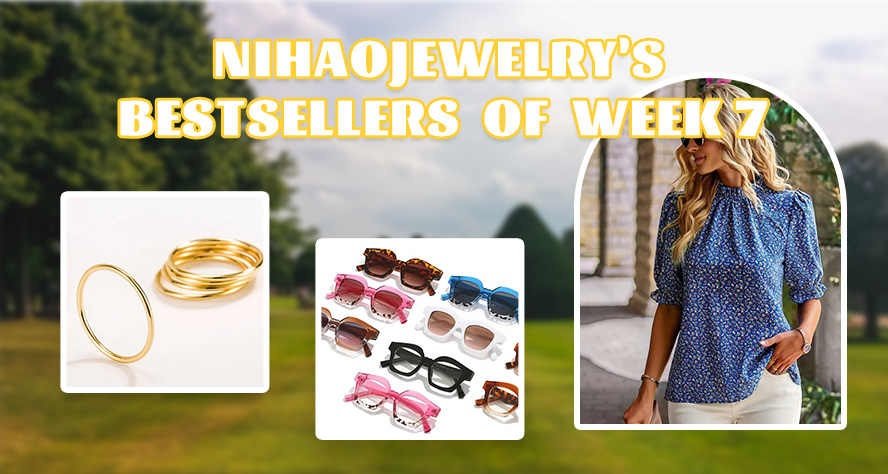

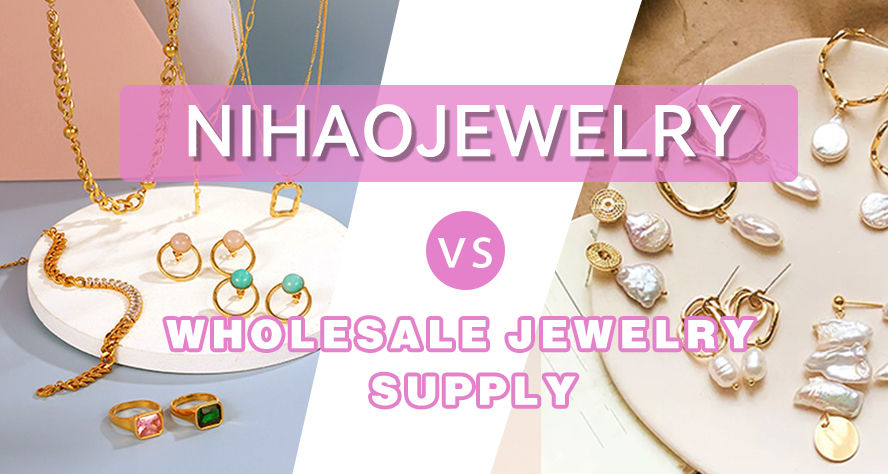

One Comment
BASSIN Monique
Voila un article, que dis-je, un dossier très précieux quand on débute une activité de revente de bijoux haut de gamme, je vous en remercie très vivement et profite de cet instant pour vous remercier aussi pour toutes vos réponses à toutes mes questions, et très rapidement pour ne rien gâcher!
JE SUIS FIERE ET HEUREUSE DE VOUS AVOIR CHOISI COMME FOURNISSEUR